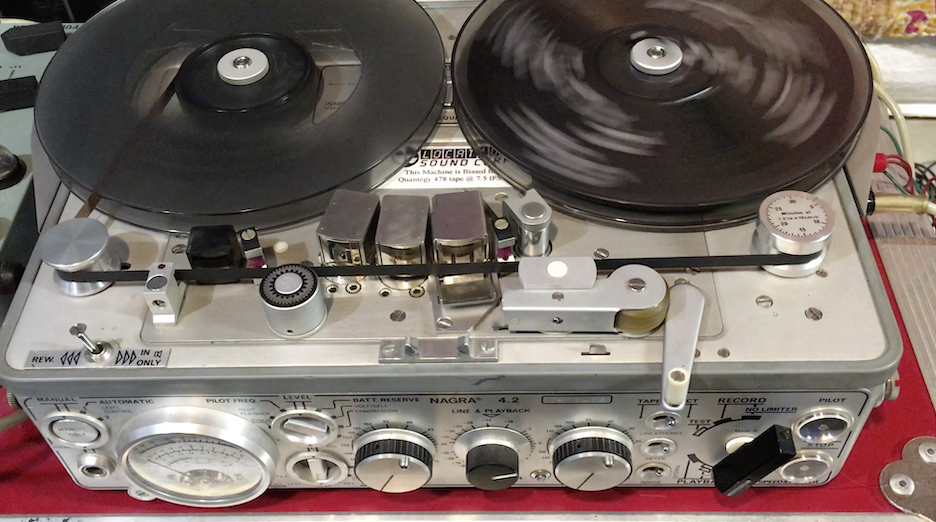

Have you ever noticed how some classic movies seem to reuse the same sound effects repeatedly? It’s no coincidence – one such famous sound is the “Wilhelm scream,” featured in over 400 films and TV programs, as detailed by Oliver Macaulay at the Science + Media Museum.
Originating in 1951 as a stock sound effect in “Distant Drums,” the scream gained its name in a scene from “The Charge at Feather River” in 1953. This iconic scream has since become synonymous with characters meeting untimely ends in Hollywood productions.
While it gained popularity in “Star Wars,” its origins can be traced back to an alligator attack scene in “Distant Drums.” The original recording session for this sound effect is now downloadable from the USC Optical Sound Effects Library at the Internet Archive.
Exploring the USC Optical Sound Effects Library offers a unique experience for fans of mid-century Hollywood, showcasing the meticulous work behind creating realistic audio atmospheres for film and television.
Listening to a collection of diverse sounds, from doors to gunshots, provides insight into the shared culture of Hollywood’s audio representation, reminiscent of the era’s cinematic landscape.
Discover more about the fascinating world of sound effects in movies:
- Learn how Foley artists create movie sounds.
- Explore the art of faking sounds in nature documentaries.
- Download an archive of sound effects from the BBC.
- Uncover the significance of music and sound effects in “Blade Runner.”
For more intriguing content, check out this post via Mefi.
Related Content:
- How the Sounds You Hear in Movies Are Really Made: Discover the Magic of “Foley Artists.”
- How Sounds Are Faked For Nature Documentaries: Meet the Artists Who Create the Sounds of Fish, Spiders, Orangutans, Mushrooms & More.
- Download an Archive of 16,000 Sound Effects from the BBC: A Fascinating History of the 20th Century in Sound.
- The Sounds of “Blade Runner”: How Music & Sound Effects Became Part of the DNA of Ridley Scott’s Futuristic World.
- The Wilhelm Scream is Back.
Based in Seoul, Colin Marshall writes and broadcasts on cities, language, and culture. His projects include the Substack newsletter Books on Cities and the book The Stateless City: a Walk through 21st-Century Los Angeles. Follow him on Twitter at @colinmarshall or on Facebook.



